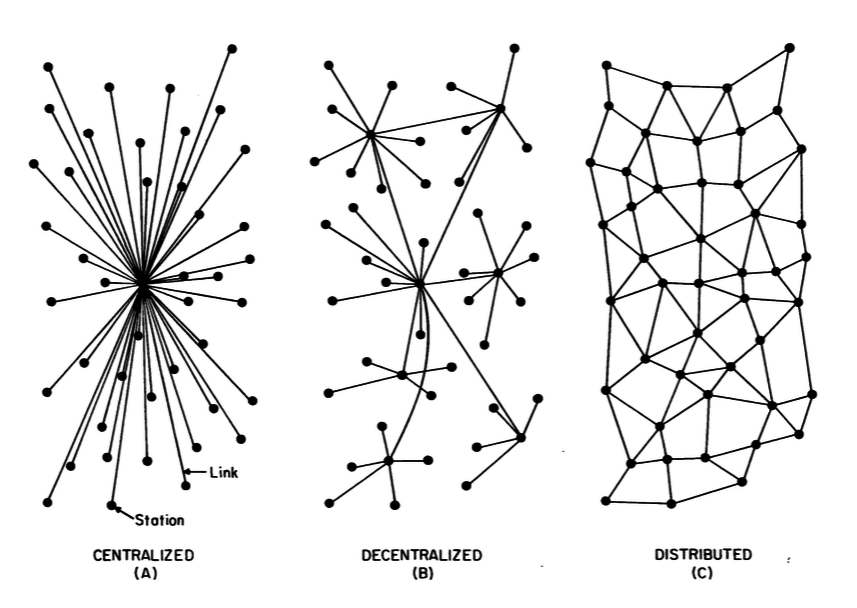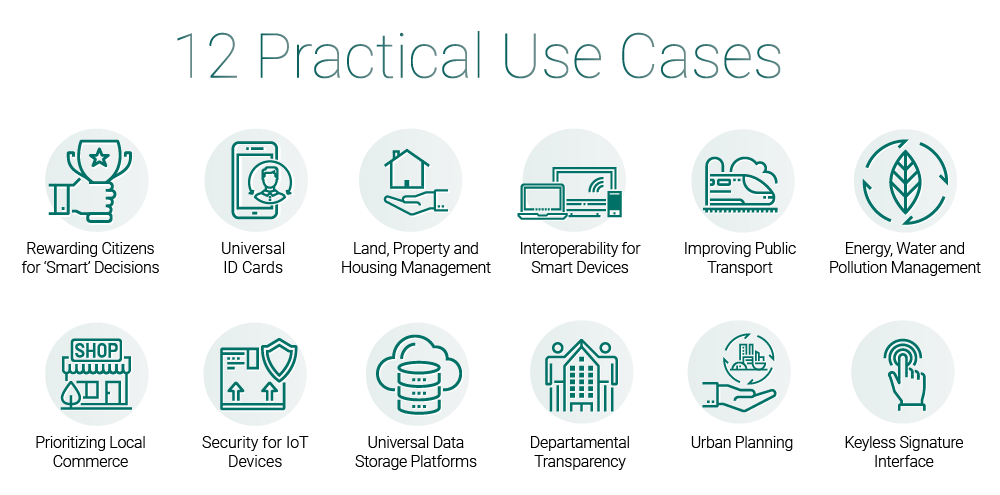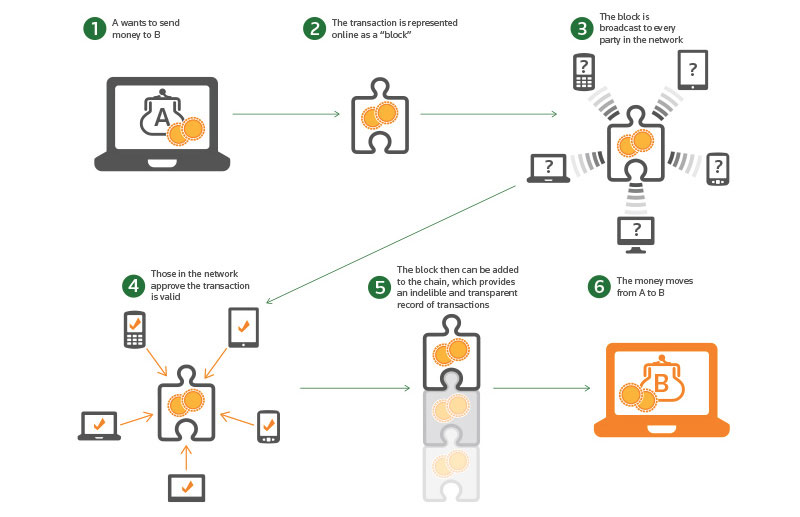Business, government and society are based on trust. That’s why many people are still skeptical when they hear about a technology that promises to transform the way we gain and apply trust between different parties.
Imagine walking through the center of your city one day, during a rush hour, when suddenly a tree falls, destroying one of the parked cars. Dozens of people turn around to see what has happened. Seconds later, these people recount what happened under a lie detector. They will all tell exactly the same story. Is there any doubt about what happened?
This is the philosophy behind Blockchain. Thanks to the concept of distributed consensus, it is possible to create an incorruptible record of past and present events in the digital world so that no one can doubt that something has happened, since a collective formed by different independent parties will have to verify it.

What is Blockchain?
Blockchain was born in 2008 by Satoshi Nakamoto, known for being the inventor of Bitcoin. Its main objective was to design a global public system to record verified and universally accepted transactions, a distributed registry that was resistant to synchronization and without the need for trust between the members that make it up, as well as the intervention of third parties.
The popularity of Blockchain technology lies not only in its potential in the financial environment, but also in its great adaptability in virtually any digital environment. This makes it a very interesting tool in multiple use cases. The main characteristics of this type of distributed networks are; data immutability, network availability, fault and attack tolerance, distributed governance, data traceability and transparency of its processes. Above all, the most interesting thing in most cases is to be able to have a system in which you can be sure that any type of data you record in it can never be modified, not even by the parties that are maintaining that same network.

We can define Blockchain as a distributed database that allows recording and sharing of information within a community. To this end, it creates a ledger of digital transactions shared within a distributed network of computers.
How does a Blockchain work?
In a combination of peer-to-peer networks, each member (node) is both server and client, therefore, maintains its own copy of the information and must validate updates collectively with the other members. This information could represent transactions, contracts, assets, identities or virtually anything else that can be digitally described.
The information records that make up this database are unalterable, transparent (as long as it is not a private Blockchain) and can be audited so community members can access the transaction history in its entirety. When a new block is generated, the transactions remain fixed in it and so on until they form a chain of interlinked blocks with all the information, hence the concept of block-chain.
The Blockchain can only be updated with the consent of the majority of nodes in the system.
When a block of data is recorded in this Blockchain event ledger, it is impossible to change or delete it. Similarly, when someone wants to add information to the network participants – who have copies of the existing Blockchain – algorithms are run on the different nodes to evaluate and verify each proposed transaction. If a majority of nodes agree, the transaction is validated. In other words, the transaction is approved, and a new block is automatically added to the chain.

The next layer of the Blockchain, Smart Contracts.
“Smart contracts” is a term used to describe computer code that automatically executes all or part of an agreement and is stored on a blockchain-based platform. As explained below, the code can represent the sole manifestation of the agreement between the parties or it can supplement a traditional text-based contract. It can execute certain provisions, such as the transfer of funds from Party A to Party B. The code itself is replicated across multiple nodes on a blockchain and thus benefits from the security, permanence and immutability that a blockchain offers. That replication also means that as a new block is included to the blockchain, the code is executed. If the parties have indicated when initiating a transaction, that certain criteria have been met, the code will execute the step triggered by those parameters. If no such transaction has been initiated, the code will not undertake any steps.
And what does all this mean?
Basically, it means that we have a global public system that is trusted and accepted by and for everyone, and is impossible to be attacked or damaged by any scalability and/or maintenance issues. In addition, the processes it manages end up being much faster, cheaper and cause fewer errors than traditional ones.
Blockchain guarantees trust between all the actors in a system and allows them to collaborate with each other without having to go through a central authority or intermediaries. Society’s demand for transparency in areas such as finance and government is growing. Blockchain is a technology that enables the development of a robust set of tools that meet these demands.
Written by Aleix Vila Cano, from Eurecat